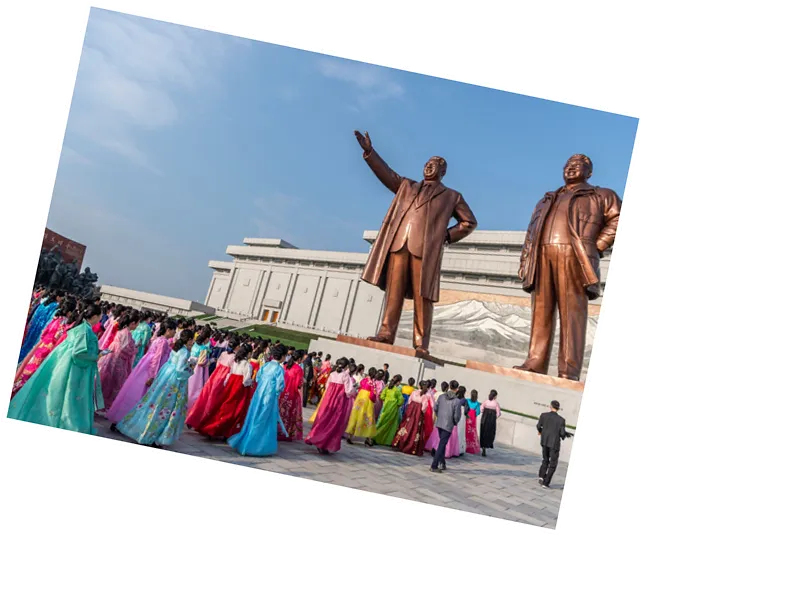North Korea's Unconventional Tactic: Balloons Filled with Waste
In an unusual escalation of tensions, North Korea has launched thousands of balloons filled with garbage and human excrement into South Korea. This act is seen as a retaliatory measure against the dissemination of anti-regime propaganda by South Korean activists, who have been sending leaflets and USB drives into the North.
Analysis Reveals Health Risks and Propaganda Material
Seoul's Ministry of Unification conducted an analysis of the contents of approximately 70 balloons. The investigation revealed that the soil in these balloons contained a variety of parasites such as roundworms, whipworms, and threadworms, likely originating from human feces used as fertilizer. Despite the unsettling findings, South Korean authorities have assured the public that there is 'no risk of land pollution or infectious diseases' due to the relatively small volume of soil.
Economic and Political Implications
The waste balloons also contained various types of garbage, including cigarette butts, toilet paper, and worn-out clothing, highlighting the poor economic conditions in North Korea. Intriguingly, some of the balloons contained damaged documents related to the idolization of North Korean leaders Kim Jong-il and Kim Jong-un. This raises questions about the internal state of affairs in the North, where damaging such documents is a crime punishable by death.
Additionally, the presence of counterfeit goods and destroyed Korean-made items in the waste balloons underscores the ongoing hostility between the two Koreas. South Korea has responded by resuming its loudspeaker propaganda campaigns along the border, a practice dating back to the Korean War.
- The Ministry of Unification has disclosed that many of the waste balloons contained items that reflect the dire economic situation in North Korea. These included worn-out socks, fabric masks, gloves, T-shirts, and children's pants with holes.
- Moreover, the balloons carried covers of documents related to North Korean leaders, which is significant given the severe penalties for damaging such materials in the North. The discovery of branded cloth and counterfeit goods further illustrates the economic and political tensions between the two nations.
- The South Korean government has taken measures to collect and manage the waste, ensuring that there are no hazardous factors such as land contamination or infectious diseases. However, the incident has undoubtedly exacerbated the already strained relations between the two Koreas.






